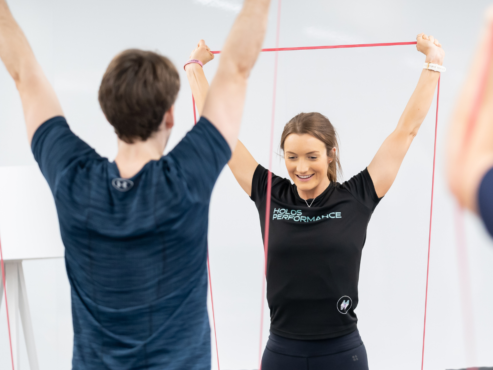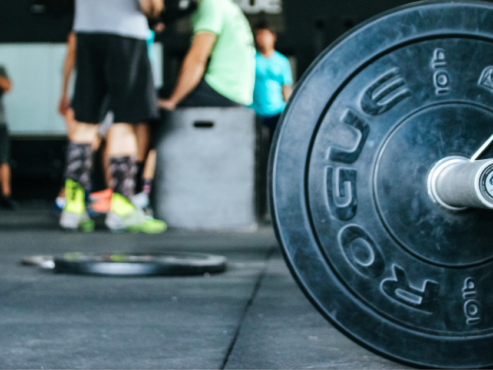
The concept of progressive overload lies at the core of effective fitness training. It involves gradually increasing the demands placed on the body to stimulate adaptation and drive continuous improvements in strength, muscle growth, and overall fitness. In this blog, we will delve into the science behind progressive overload and explore its significance in helping you reach your full fitness potential.
Understanding Progressive Overload
Progressive overload refers to the systematic and gradual increase in the intensity, volume, or difficulty of your workouts over time. This principle is essential because the body adapts to stress by becoming stronger and more efficient. By progressively challenging your muscles, you can push past plateaus and continuously make gains.
The Physiology of Adaptation
When you subject your muscles to the stress of progressive overload, a series of physiological responses occur. One of the key adaptations is muscle hypertrophy, where the muscle fibers increase in size and cross-sectional area. This results in greater strength and power. Additionally, progressive overload leads to improved neuromuscular coordination, enhanced bone density, increased tendon and ligament strength, and enhanced cardiovascular endurance.
Mechanisms of Progressive Overload
There are various ways to apply this to your training routine. One common method is by gradually increasing the resistance or weight you lift. For example, you can add more weight to the barbell or dumbbells as you become stronger. Another approach is to manipulate the number of repetitions and sets performed, aiming to do slightly more each time. Furthermore, you can adjust the intensity of your exercises by modifying the tempo, range of motion, or incorporating advanced training techniques like drop sets, supersets, or pyramid sets.
Progressive Overload for Different Fitness Goals
The beauty is its versatility across different fitness goals. Whether you aim to build muscle, lose fat, or improve overall strength and performance, applying the principle of progressive overload is crucial. By tailoring the variables of your workouts to suit your specific objectives, you can create the right stimulus for the desired adaptations. For example, if muscle hypertrophy is your goal, gradually increasing the volume and intensity of your resistance training exercises will elicit the desired muscle growth response. Check out Holos Performance’s training goals here.
The Role of Rest and Recovery
While progressive overload is essential, equally important is allowing your body adequate rest and recovery. During rest periods, your muscles repair and rebuild, adapting to the stress they were subjected to. Failing to give your body sufficient recovery time can lead to overtraining, increased risk of injury, and hindered progress. Balancing progressive overload with rest and recovery ensures optimal gains and reduces the likelihood of burnout.
Progress Tracking
Tracking your progress is vital in implementing progressive overload effectively. By keeping a workout journal or utilizing mobile apps, like Holos Performance’s, you can record your exercises, weights lifted, and repetitions performed. This allows you to objectively track your progress over time and make informed decisions about when and how to increase the intensity or volume of your workouts. Additionally, progress tracking helps you identify plateaus and adjust your training program accordingly.
Preventing Plateaus and Injury
Plateaus can occur when the body adapts to the demands of your current training routine, resulting in a slowdown of progress. To overcome plateaus, incorporate techniques like deloading weeks, where you reduce the training volume to allow for recovery and supercompensation. Periodization, which involves planned variations in intensity and volume, can also help prevent plateaus. Furthermore, maintaining proper form and technique during exercises is crucial to prevent injuries that may hinder your progress.
Understanding the science behind progressive overload empowers you to optimize your fitness training and achieve your goals effectively. By progressively challenging your body and strategically adjusting variables like intensity, volume, and exercises, you can elicit continuous improvements in strength, muscle growth, and overall fitness.
At Holos Performance we understand that taking on board all the above information can be daunting.
That is why our online coaches look after all the above aspects for you, from building goal specific, progressive overload training programs to curated education to help you excel in your training.






